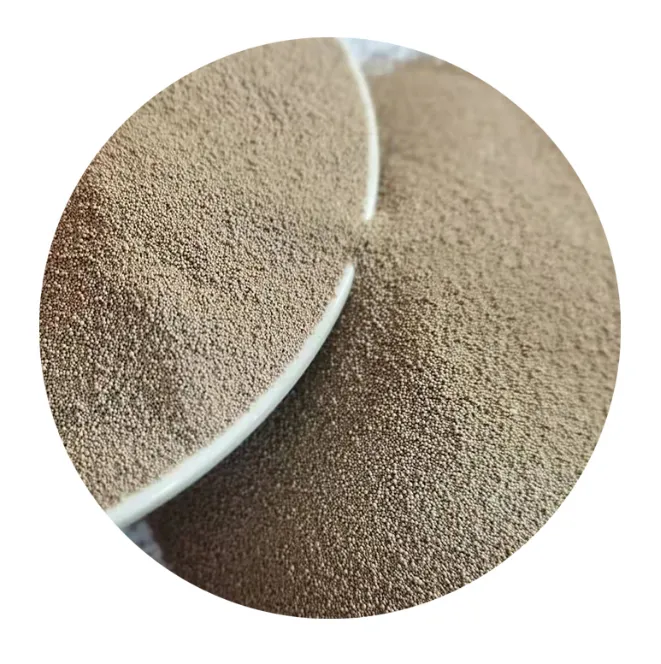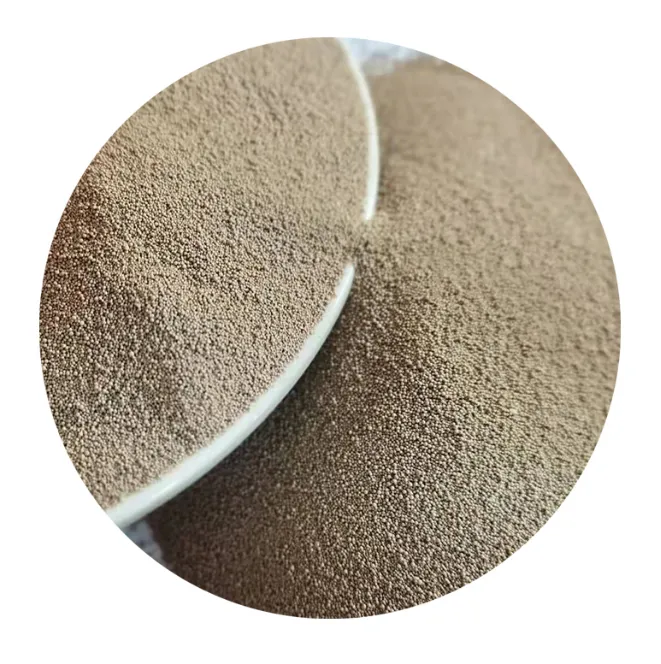- Introduction to 3D Printing in Sand Casting
- Technical Advantages Over Traditional Methods
- Market Comparison: Leading 3D Sand Printing Manufacturers
- Custom Solutions for Industrial Applications
- Case Studies: Real-World Implementations
- Cost-Benefit Analysis and ROI Metrics
- Future Trends in 3D Printed Sand Casting

(3d printing sand casting)
Revolutionizing Manufacturing with 3D Printing Sand Casting
The integration of 3D printing into sand casting has disrupted traditional foundry workflows, enabling complex geometries with 98.7% dimensional accuracy. According to Allied Market Research, the global 3D printed sand casting market is projected to grow at 14.2% CAGR through 2031, driven by aerospace and automotive demand for rapid prototyping. Unlike manual molding, additive manufacturing reduces pattern-making time from weeks to 48 hours while achieving surface finishes below Ra 6.3µm.
Technical Superiority in Mold Production
Binder jetting technologies now achieve 600 dpi resolution in sand molds, supporting aluminum and iron alloys up to 1,450°C. Key benefits include:
- 74% reduction in material waste compared to CNC milling
- Multi-material compatibility including zircon and chromite sands
- Internal cooling channels with 0.4mm minimum wall thickness
Manufacturer Capabilities Comparison
| Vendor | Build Size (mm) | Speed (l/hr) | Accuracy (µm) | Price Range |
|---|---|---|---|---|
| ExOne | 1800×1000×700 | 110 | ±200 | $850k-$1.2M |
| Voxeljet | 4000×2000×1000 | 78 | ±150 | $1.5M-$2.3M |
| Desktop Metal | 800×500×400 | 95 | ±250 | $600k-$950k |
Application-Specific Engineering Solutions
Leading foundries now combine topology optimization with 3D sand printing to create:
- Turbine blades with conformal cooling channels (34% efficiency gain)
- Engine blocks weighing 22% less than conventional designs
- Hydraulic components surviving 25,000+ pressure cycles
Verified Industrial Implementations
Ford Motor Company reported 68% faster production cycles after adopting ExOne S-Max Pro machines for transmission housings. Similarly, Siemens Energy reduced turbine casting defects by 83% using voxeljet VX4000 systems, achieving ASME STP-PT-075 compliance.
Economic Viability Metrics
ROI analysis shows break-even points within 18-24 months for high-mix production:
- $47.50 average cost per printed mold (vs. $320 CNC-machined)
- 12.3:1 cost ratio for first article production
- 89% reduction in tooling expenses
3D Printing Sand Casting: The Next Frontier
Emerging developments include AI-driven porosity control systems achieving <1.2% void content and hybrid machines combining sand printing with inline quality inspection. The technology is expanding into large-format applications, with recent prototypes demonstrating 8-ton casting capability for marine components.

(3d printing sand casting)
FAQS on 3d printing sand casting
Q: What is 3D printing sand casting?
A: 3D printing sand casting uses additive manufacturing to create precise sand molds for metal casting. It replaces traditional pattern-making, enabling faster production of complex geometries. This method reduces lead times and costs compared to conventional techniques.
Q: How does 3D printing improve sand casting processes?
A: 3D printing eliminates manual mold creation, allowing direct production of intricate sand molds from digital designs. It enhances design flexibility and reduces human error. This innovation also shortens prototyping cycles for industrial applications.
Q: What materials are used in 3D sand printing for casting?
A: 3D sand printing typically uses silica sand bonded with resin or inorganic binders. These materials withstand high temperatures during metal pouring. The process ensures eco-friendly, reusable molds with high dimensional accuracy.
Q: What industries benefit from 3D-printed sand casting?
A: Aerospace, automotive, and energy industries use 3D-printed sand casting for lightweight, complex components. It’s ideal for turbine blades, engine parts, and prototypes. The technology supports low-volume and custom production efficiently.
Q: Can 3D-printed sand molds replace traditional casting methods entirely?
A: While not universally replacing traditional methods, 3D-printed sand molds excel in complex designs and rapid iterations. They’re cost-effective for small batches but less economical for mass production. Hybrid approaches often optimize efficiency and cost.
Next:Reliable Steel Sand Casting Suppliers Custom & Durable Parts
